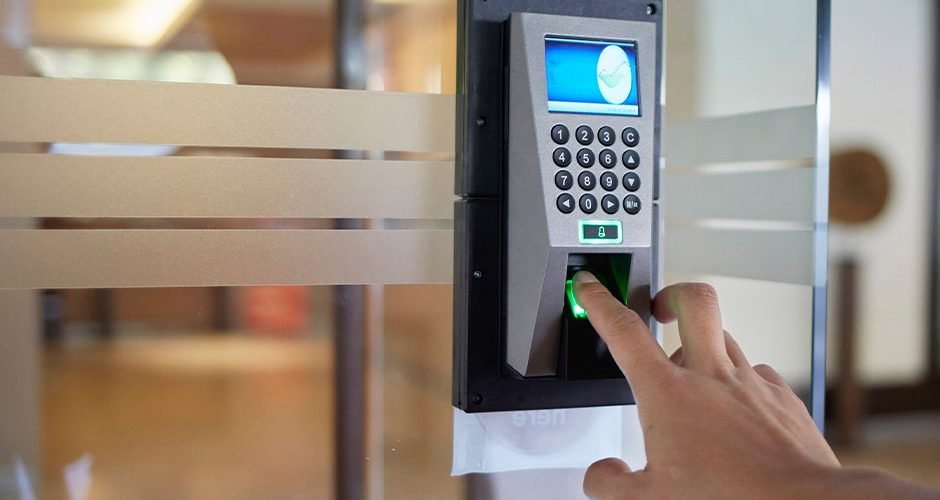Access control solutions are essential for any business that wants to safeguard its data, resources and reputation. Without proper access control, unauthorized users can access confidential information, compromise systems and cause damage to the business. That’s why it’s important to have a clear and consistent access control policy that defines who can access what, when, where and how.
Table of Contents
Understanding Access Control Policy
An access control policy is a set of rules and procedures that determine who can access what resources in your business. It is a vital component of your security strategy, as it helps you protect your data, assets, and reputation from unauthorized or malicious access.
An access control policy consists of three main elements: user authentication, authorization, and accountability:
- User authentication. Verifies the identity of the person or device requesting access, using methods such as passwords, biometrics, or tokens.
- Authorization. Defines the level and scope of access granted to each user or device, based on their role, function, or need.
- Accountability. Tracks and records the actions and activities of each user or device, providing an audit trail for security monitoring and compliance.
Exploring Access Control Solutions by Security Firms
One of the most important aspects of securing your business is choosing the right access control solution. Access control solutions are systems that regulate who can enter and exit your premises, as well as access certain areas or resources within your organization. There are many access control solutions offered by security firms, and each one has its own advantages and disadvantages.
Card-based access control solutions
Users need to present their cards to a reader device, which then grants or denies access based on the card information and the access control policy. Card-based solutions are easy to use and relatively inexpensive, but they also have some drawbacks. For example, cards can be lost, stolen, or duplicated, which compromises security. Also, cards need to be updated or replaced periodically, which adds to the maintenance costs.
Biometric access control solutions
Users need to scan their biometric features on a sensor device, which then verifies their identity and grants or denies access based on the access control policy. Biometric solutions are more secure and reliable than card-based solutions, as they are harder to forge or bypass. However, they are also more expensive and complex to install and operate. Additionally, some users may have privacy or ethical concerns about sharing their biometric data with a security firm.
Cloud-based access control solutions
Users can access the system through a web browser or a mobile app, which allows them to request or grant access, view logs and reports, and receive alerts and notifications. Cloud-based solutions are more flexible and scalable than traditional solutions, as they can accommodate multiple locations and devices without requiring additional hardware or software. Moreover, they are more user-friendly and convenient, as they enable users to access the system from anywhere and at any time. However, they also depend on the availability and security of the internet connection, which may pose some risks or challenges.
Factors to Consider When Choosing the Right Access Control Solution
Choosing the right access control solution for your business is not a trivial task. It requires careful planning and evaluation of your security needs and goals. Here are some factors that you should consider when selecting an access control solution:
- The size of your business: The number of employees, locations, and assets that you need to protect will determine the type and complexity of the access control solution that you need. For example, a small business with a few employees may only need a simple card reader system, while a large enterprise with multiple branches may need a more sophisticated biometric or facial recognition system.
- The level of security required: Different access control solutions offer different levels of security and authentication. You should consider the sensitivity and value of the information and resources that you want to protect, and choose a solution that matches your security standards and compliance requirements. For example, a high-security facility may need a multi-factor authentication system that combines something the user knows (such as a password), something the user has (such as a smart card), and something the user is (such as a fingerprint).
- The compatibility with existing systems: You should also consider how well the access control solution integrates with your existing security infrastructure and IT systems. You want to avoid compatibility issues and conflicts that may compromise the performance and reliability of your access control solution. You should also look for a solution that supports interoperability and data exchange with other security systems, such as CCTV cameras, alarm systems, and fire detection systems.
- The scalability and flexibility of the solution: Finally, you should consider how well the access control solution can adapt to your future growth and changes. You want to choose a solution that can scale up or down as your business expands or contracts, and that can accommodate new technologies and features as they become available. You should also look for a solution that allows you to customize and configure the access policies and rules according to your specific needs and preferences.
Conclusion
Choosing the right access control solution for your business requires a thorough understanding of your business needs, the available options, and the potential risks and benefits of each one. By choosing the right access control solution and policy for your business, you can enhance your security, efficiency, and compliance, and protect your valuable resources from unauthorized access.





